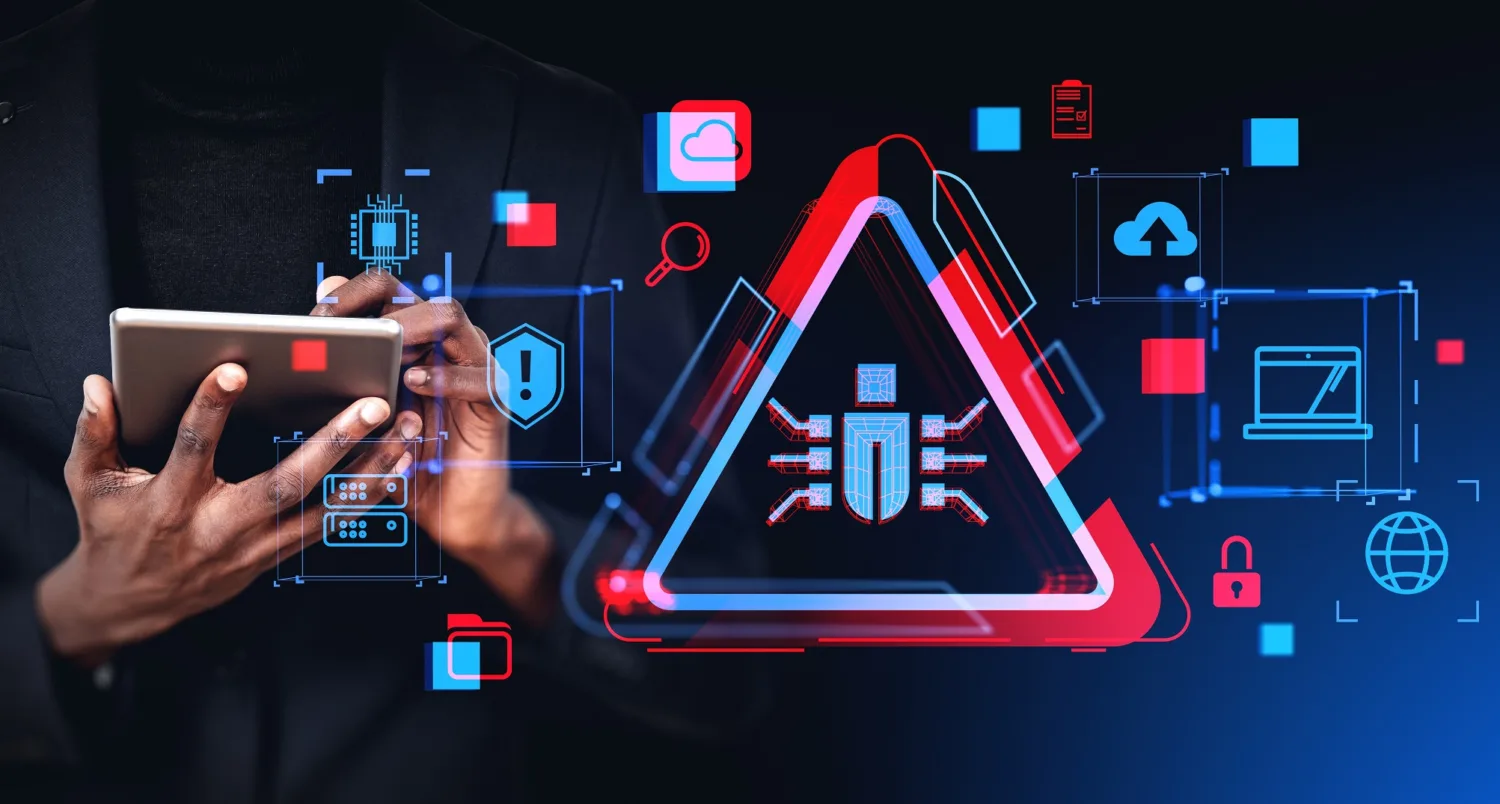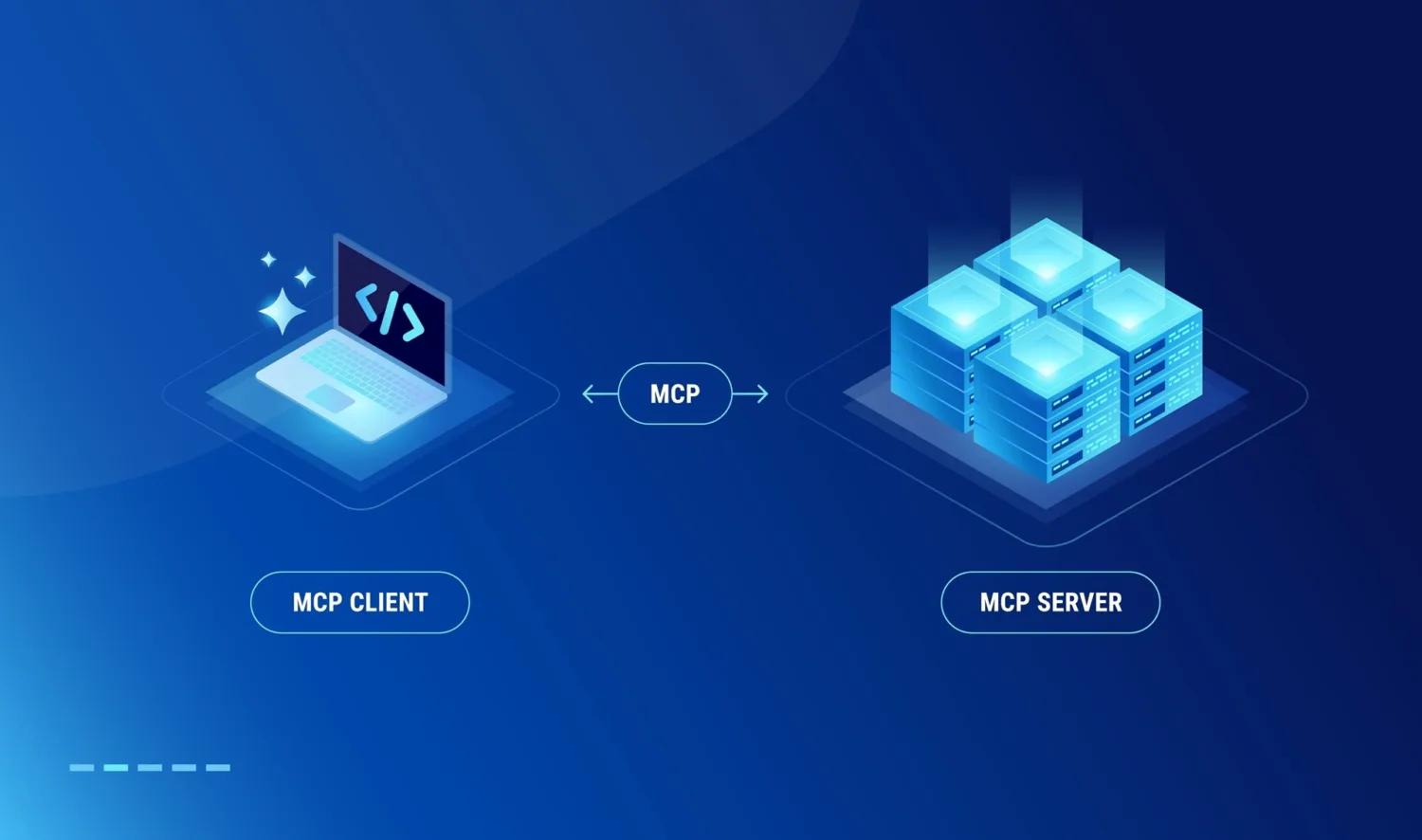AppSec Efficiency: How to Handle Scanning & Governance

Modern AppSec programs require several specialized scanning tools to effectively cover the application portfolio and discover vulnerabilities. While these scanners are needed, they bring complexity as a consequence. Security teams often find themselves drowning in a sea of alerts from the various scanners deployed across diverse application environments. This information overload hinders their ability to effectively identify and address vulnerabilities, leading to increasing security tech debt.
Dedicated governance capabilities have emerged as a lifeline in the form of Application Security Posture Management (ASPM), offering a way to navigate this complexity and streamline security processes. However, when building your AppSec program, a crucial decision needs to be made: should scanning and governance functionalities reside within the same tools, or operate separately?
This blog dives deeper into this concept and its significance for effectively burning down critical security technical debt. We will explore the different approaches to addressing scanning and governance and why separating scanning and governance is necessary if you’re looking to implement a best-of-breed AppSec program.
Separate Scanning and Governance
One approach to bringing in governance to your AppSec program is a dedicated standalone governance platform that integrates with the scanners that you already have in place, as well as any you may choose to bring in in the future. By separating governance from scanning, these platforms offer several advantages for a best-of-breed AppSec program:
- Flexibility and Choice: You have the freedom to select the best scanning tools for your unique environment, fostering a truly best-of-breed approach. This ensures you leverage the strengths of various tools to achieve maximum code coverage.
- Reduced Security Debt: By streamlining and de-siloing alerts from various scanners, a strong governance layer empowers your security team to prioritize vulnerabilities effectively. This accelerates security debt reduction by focusing on the most critical issues first.
- Future-Proofing: As the security landscape evolves, you’re not locked into a specific scanning technology. You can easily adopt new and improved scanners without compromising your governance framework.
A standalone ASPM platform brings a vendor-inclusive approach to governance, plugging seamlessly into your existing AppSec program and vendor landscape without conflicts or lock-in. For established AppSec programs or those looking to take a best-of-breed approach, an ASPM platform that is focused exclusively on governance is the right choice.
All-in-One Scanning & Governance Platforms
One approach to bringing governance into your AppSec program is to leverage governance capabilities offered by one of your scanning tools, or to choose an ASPM that offers both scanning and governance together. While bringing together both scanning and governance might seem convenient, its limitations can outweigh the initial simplicity. Here’s why:
- Vendor Lock-In: These platforms often prioritize their own scanning results, hindering your ability to use best-of-breed scanners from other vendors. You become reliant on their specific ecosystem.
- Friction and Bias: Competing incentives between scanning and governance functionalities within the same platform can lead to prioritization biases and integration frictions. This can compromise the neutrality needed for effective adoption of the best tools available.
- Limited Choice: Fewer options stifle innovation and limit access to best-in-class solutions. You’re forced to adapt to the vendor’s roadmap, not the other way around.
- Increased Cost: A restricted vendor ecosystem can hinder your ability to find the most efficient and cost-effective solutions. You might miss out on innovative features, competitive pricing, or even valuable free and open-source tools that could perfectly complement your existing setup.
Imagine putting a car manufacturer in charge of designing a city’s transportation network. You might end up with a lot of roads, but no trains, metros, or buses – regardless of what’s truly needed for efficient movement.
So when is an all-in-one platform the right choice? If you’re just starting your AppSec program, getting started with a tool that brings scanning and governance capabilities together can be a great way to kick off the program. However, for existing or more mature AppSec programs, this approach causes more friction than benefit.
The DIY/Spreadsheet Dilemma
Another option for bringing governance capabilities into your AppSec program is to build it yourself or handle it manually. Building your own governance layer from scratch requires significant technical expertise and ongoing maintenance. It can be a time-consuming and resource-intensive endeavor, diverting focus from your core business activities.
Similarly, spreadsheets, while familiar, lack essential functionalities for robust governance. They’re prone to errors, version control issues, and security vulnerabilities. These DIY approaches leave your data and systems exposed to potential risks.
The benefit of Excel is that it’s free and often the status quo for many teams. Early AppSec programs can get away with managing governance manually for a while, but as the number of scanners and volume of security data increases, this approach will quickly hit the breaking point.
Essential Tools for Building a Strong AppSec Program
An effective AppSec program relies on a combination of tools to achieve comprehensive security coverage. Let’s explore these tools and their functionalities:
Scanning Tools: Automated Security Analysts
Imagine a team of tireless security analysts meticulously examining your application code (static analysis) or its running state (dynamic analysis). That’s essentially what scanning tools do. They automate this process, searching for vulnerabilities that attackers could exploit. These tools play a crucial role in identifying security issues early in development and throughout the application lifecycle. Modern AppSec requires multiple specialized scanners to effectively cover the entirety of the application portfolio across the build pipeline, runtime, underlying infrastructure, and more.
Governance Layer: Centralized Command Center
The governance layer acts as the central command center of your AppSec program. It offers several key functionalities to streamline security management:
- Vendor Neutrality: Avoids lock-in by seamlessly integrating with various scanning tools from different vendors, fostering a best-of-breed approach.
- Consolidated Visibility: Ingests, normalizes, and groups findings from diverse scanning tools across your organization, presenting a unified view of security posture in a single platform.
- Prioritization and Remediation: Prioritizes vulnerabilities based on severity, risk, and business context (threat intelligence). It streamlines workflows by orchestrating triage and remediation, assigning the right issues with context to the appropriate developer teams within their preferred systems.
- Reporting and Analytics: Provides valuable insights into your security posture. Generates reports that track security trends, measure progress in reducing security debt, and identify areas for improvement. These reports help demonstrate AppSec program effectiveness and guide future security investments.
By leveraging scanning tools and a robust governance layer, you can automate vulnerability detection, prioritize remediation efforts, and ultimately strengthen your overall application security.
Burn Down Security Debt with Best-in-Breed Solutions
Traditional vulnerability management often prioritizes issues based on a single factor: severity score. While this offers a basic understanding of risk, it fails to capture the true threat each vulnerability poses to your specific organization.
ArmorCode takes a different approach. Our ASPM Platform powers a new model for reducing risk with a sophisticated risk assessment engine. It analyzes a vast amount of data, including factors beyond just severity. It considers exploitability, potential business impact, and asset criticality. By leveraging advanced threat intelligence and understanding of your environment, ArmorCode enables intelligent risk prioritization. This means you can focus your efforts on the vulnerabilities that matter most, streamlining remediation and accelerating security debt reduction.
ArmorCode can help organizations burn down up to 80% of their critical security tech debt. Learn more about maturing your AppSec program in our whitepaper, “3 Mandatory Steps to Mature Your AppSec Program”. Download it today!
Convinced that intelligent risk prioritization is the key? Request an ArmorCode demo today and see how we can help you conquer your security debt.



